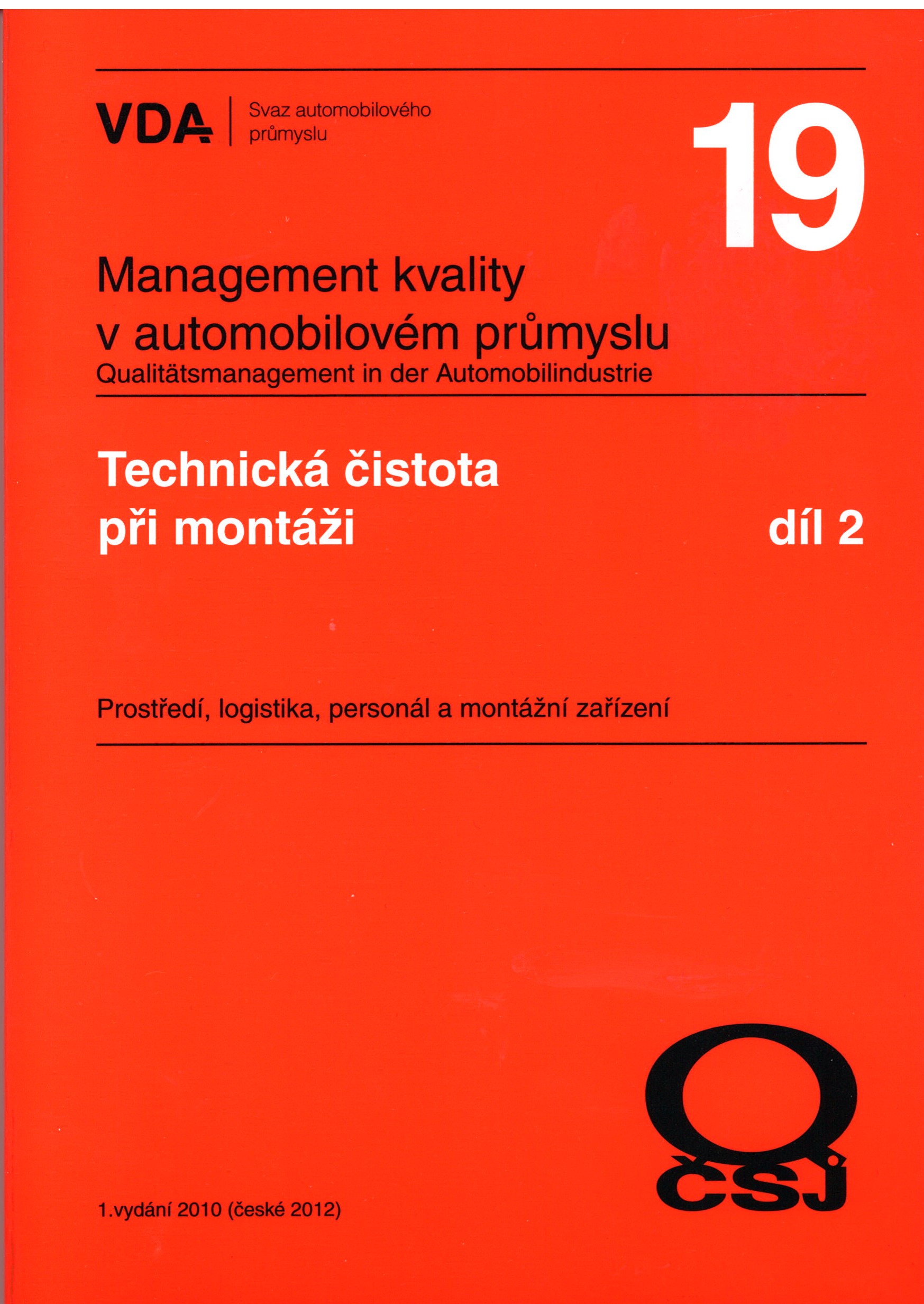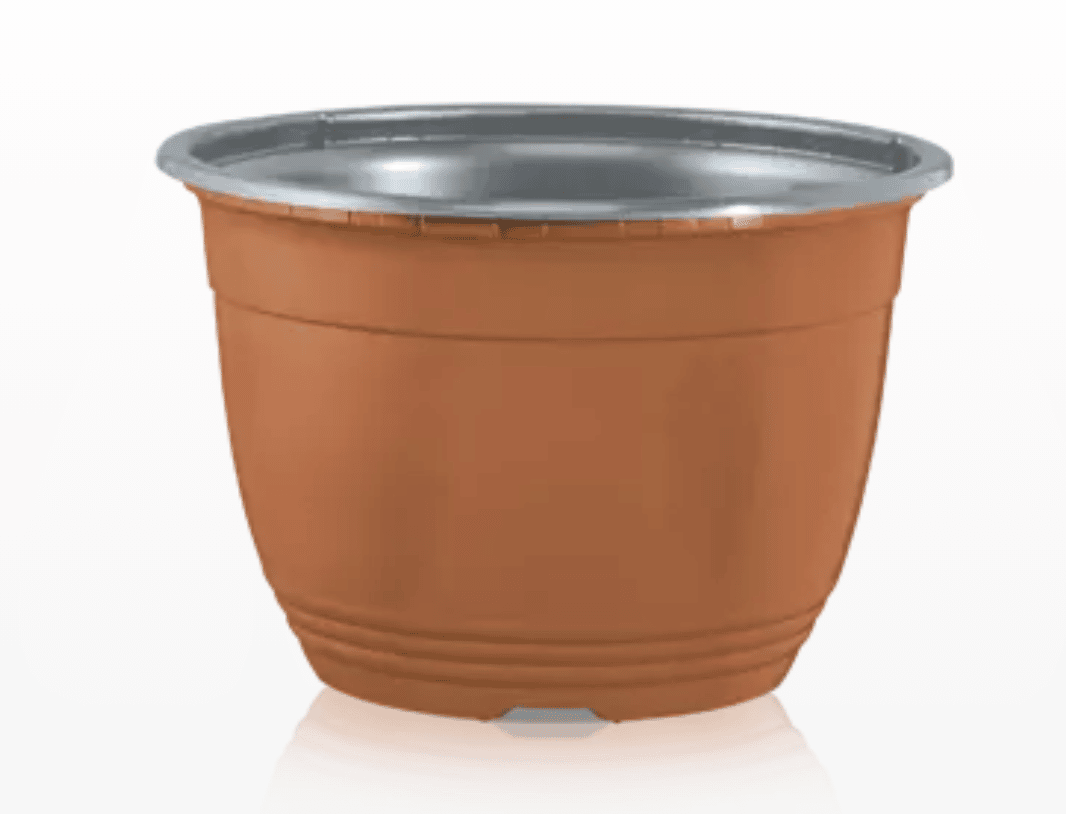

19.1.ĭo you need assistance with auditing according to ISO 16232? Click here to contact us. 19.1 contains the application and documentation conditions for determining the particle contamination of functionally relevant components in the automobile industry.Ģ Cleanliness Specification (Informative)ģ Selecting the Inspection Method (Informative)ġ0 Interpretation and Reaction (Informative)ġ1 Work Safety and Protecion of the Environmentġ3 Definitions, Abbreviations and Symbolsġ4 Industrial Alliance TecSa (Informative)įor many years now, we at TopQM Systems have been advising and auditing large-scale German OEMs and their suppliers concerning fulfillment of the requirements according to ISO 16232 and VDA Vol.
Vda 19 code#
I hope that helps demystify the Component Cleanliness Code (CCC) for you. The older Size Class coding will likely remain in use via principles implemented into OEM specs. ISO 16232, “Road Vehicles – Cleanliness of Components of Fluid Circuits,” is the international counterpart to VDA Vol. In older versions of either VDA 19 or ISO 16232 the Particle Size Classes end at K and in those older versions K covered 1,000µm and greater. We look forward to your inquiry.ISO 16232 / VDA 19.1 Technical Cleanliness you to optimise your installation and production processes in accordance with the Technical Cleanliness guidelines according to VDA 19 and ISO16232.

Would you like to receive an offer for a technical cleanliness audit? Click here to contact us.
Vda 19 download#
In particular, our qualified technical cleanliness experts are also on call in Asia.Ĭlick here to download our brief TopQM Systems presentation on technical cleanliness in German and English Test laboratory accredited in accordance with DIN EN ISO/IEC 17025, class 8 cleanroom, analyses according to VDA 19/19.1/19.2, ISO 16232, customer standards and specifications. We conduct on-site cleanliness audits around the world, at your location or at your suppliers. Particle traps for assembly cleanliness in accordance with VDA: Particle monitoring with subsequent particle analysis. It involves minimizing and preventing particle contaminants from these sources of contamination during Success in mastering processes with technical cleanliness requirements depends on recognizing sources of contamination and on systematic prevention work. In the risk analysis as a preventive measure as well. It is often not enough to merely fulfill the technical conditions, but also to include the entire As standards related to technical cleanliness inspection for automotive components, VDA 19 was issued in 2002 by the German Association of the Automotive. Technical Cleanliness – “Prevention Instead of Contamination”Ĭleanliness requirements for technical components are becoming an increasingly significant and decisive quality characteristic.

The cleanliness audit is employed for the purpose of ensuring quality – especially that of complex and sensitive components. Many large-scale OEMs and tier 1 companies have confidence in our long years of experience in the automobile industry.Īudits for technical cleanliness, cleanliness audits for short, are conducted to check that specific cleanliness requirements for component assemblies are being complied with. VDA 19.1 Technical Cleanliness Audits - worldwideįor many years, TopQM Systems has been auditing large car manufacturers and automotive supply companies around the world in the field of technical cleanliness according to ISO 16232 and VDA 19.1/ VDA 19.2 directives and ZVEI guidelines as well as customer-specific factory standards.


 0 kommentar(er)
0 kommentar(er)
